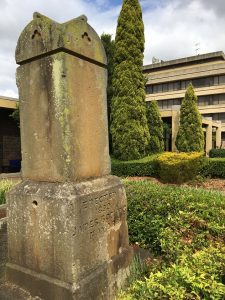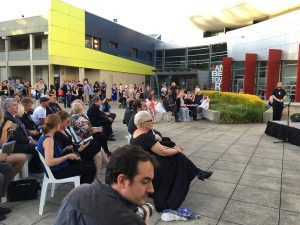
In all the stuff written about the projected massive growth in our population, there’s one figure that needs closer attention.
It’s the current population number for one of the south west region councils, Campbelltown.
Camden is already half way through its own boom and so far seems to be coping OK.
Whether that will be the case in 10-20 years only time will tell, but in my opinion they will find out the hard way that there was just too much of an increase in the number of people who call Camden home.
Liverpool became a basket case in the past two years, so has a bit of a mess to clean up while having one eye on the housing boom out west to Edmondson Park, Rossmore, Austral and Bringelly.
But back to Campbelltown, where the population stabilised around the 150,000 mark and where it has been for around 15 years.
The previous 30-40 years saw massive change to what used to be a reasonably wealthy country town with a cohesive community.
Two things happened: one was the mistake by the council of the time to allow the state government to build entire Housing Commission suburbs at Claymore, Airds and also many more homes at Minto, Macquarie Fields, Rosemeadow and Ambarvale.
Looking at it with the hindsight that comes 50 years later, it beggars belief that the council went along with such a crazy plan.
It seems so obvious now that it was all just too much and it changed the social balance in the area.
The second was the opening up of land on the western side for private housing – Kearns, Raby, Eagles Vale, St Andrews, Bow Bowing and Blair Athol.

Put together, these two events resulted in a massive increase in the local population, as well as pressure on services and facilities.
Eventually things settled down after the population exploded from 30,000-40,000 to around 140,000-150,000.
What I find interesting is what has happened since the population stopped growing in the past 15 years or so.
If you take out the fact our main street is almost on life support and that getting in and out of the CBD is becoming harder every year, Campbelltown has improved in just about every other respect during that period.
There are great facilities for entertainment, sport and the arts, wonderful parks and bushland – not to mention the Scenic Hills.
That has all become possible because of the stable population level for such a long period of time, which allowed infrastructure to catch up with the number of people who needed it.
So the question is: will the current council avoid the mistakes of the past by ensuring that infrastructure is both guaranteed and comes before growth?
Can it trust the current or future state governments to deliver on infrastructure promises such as Appin Road?
We’ll see.
